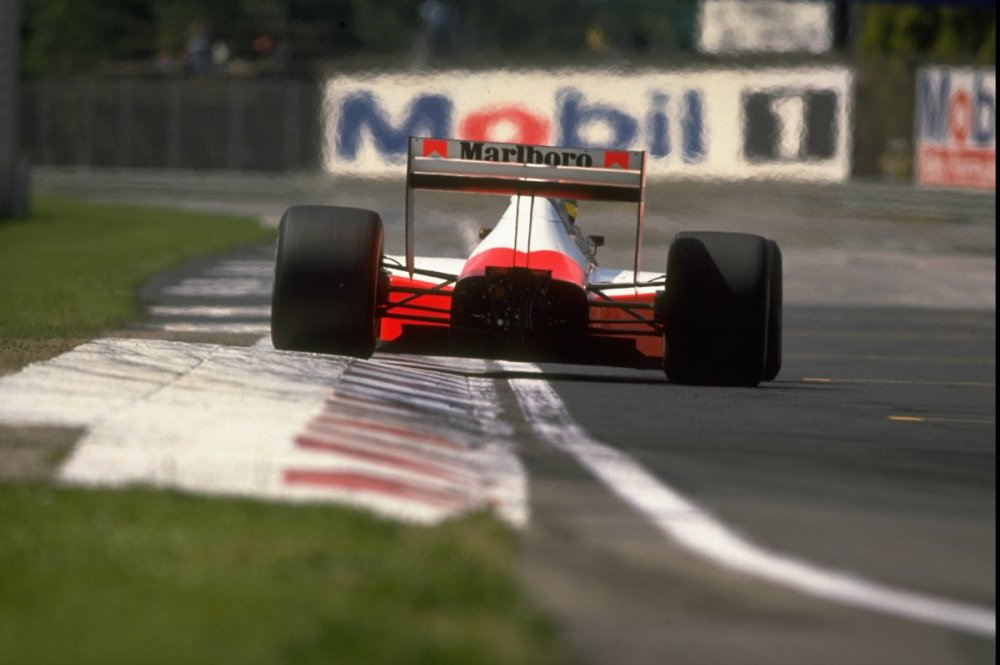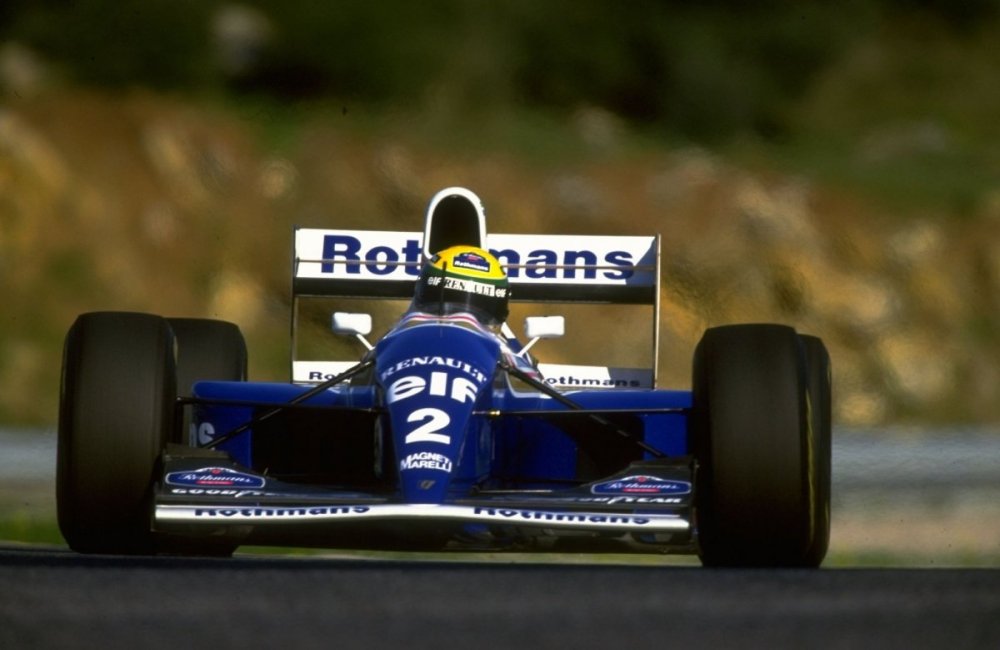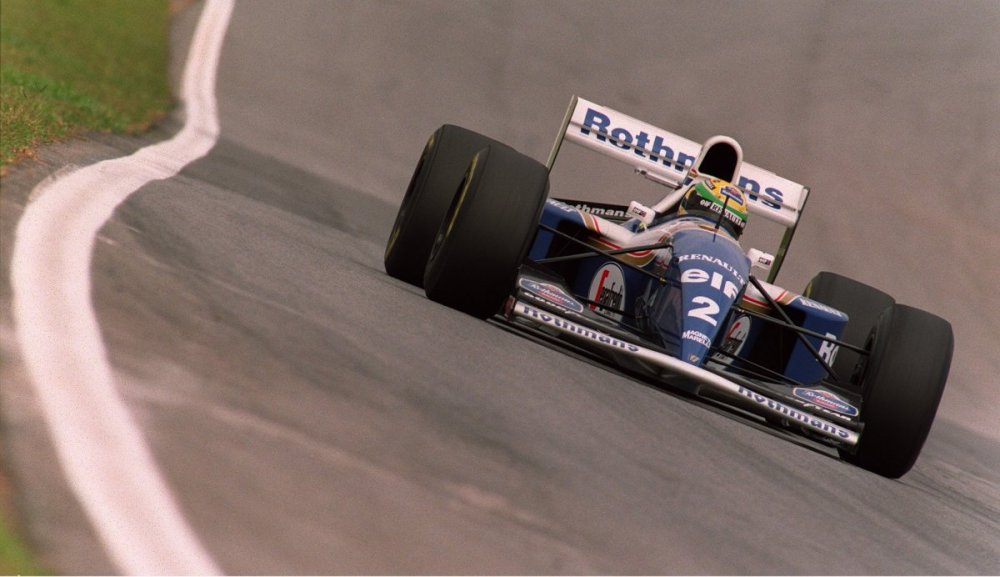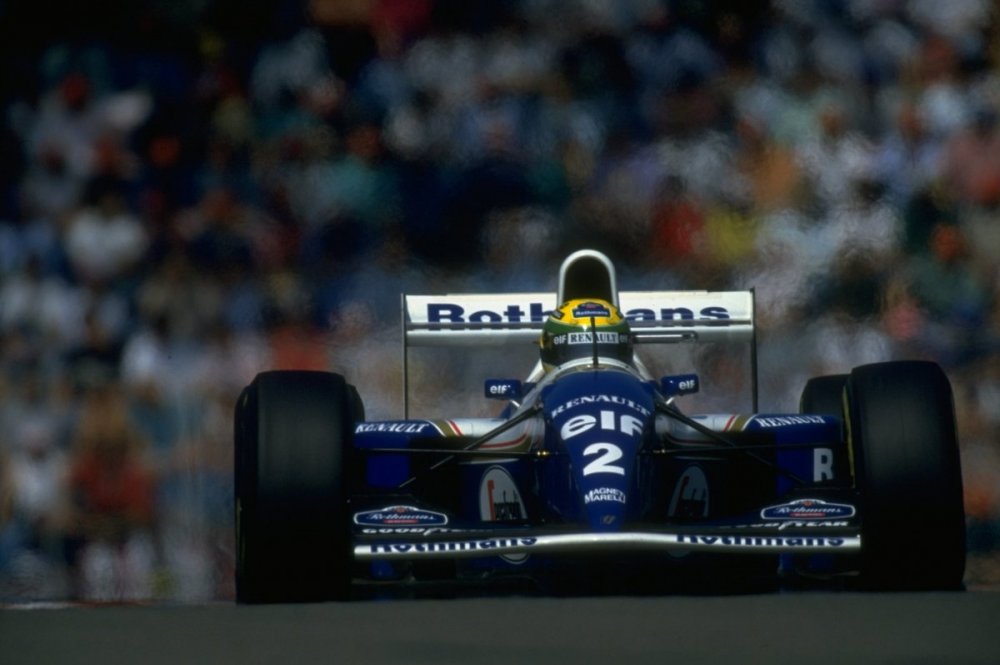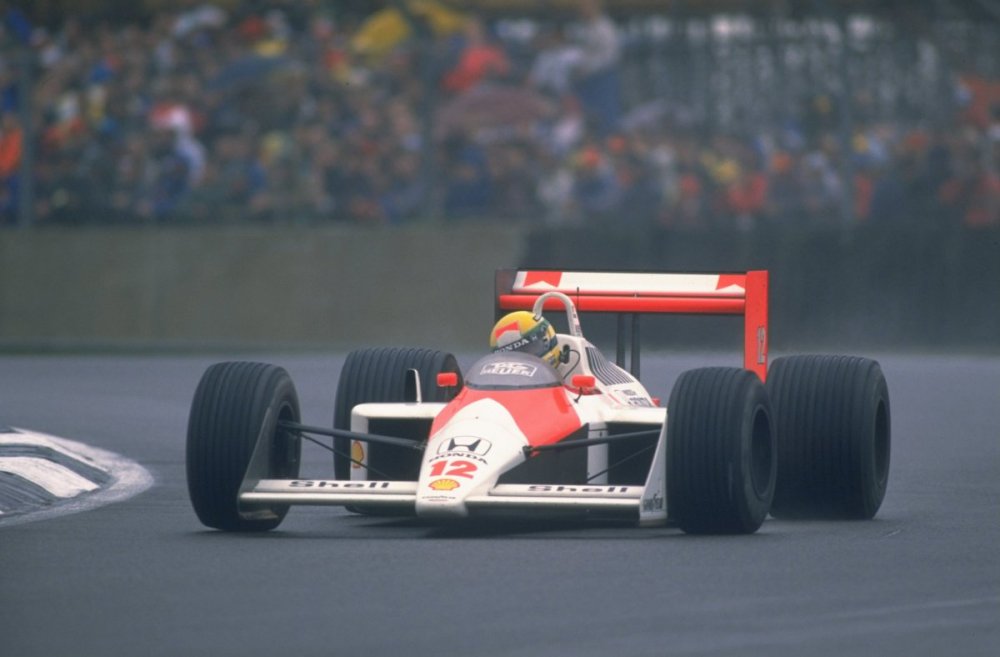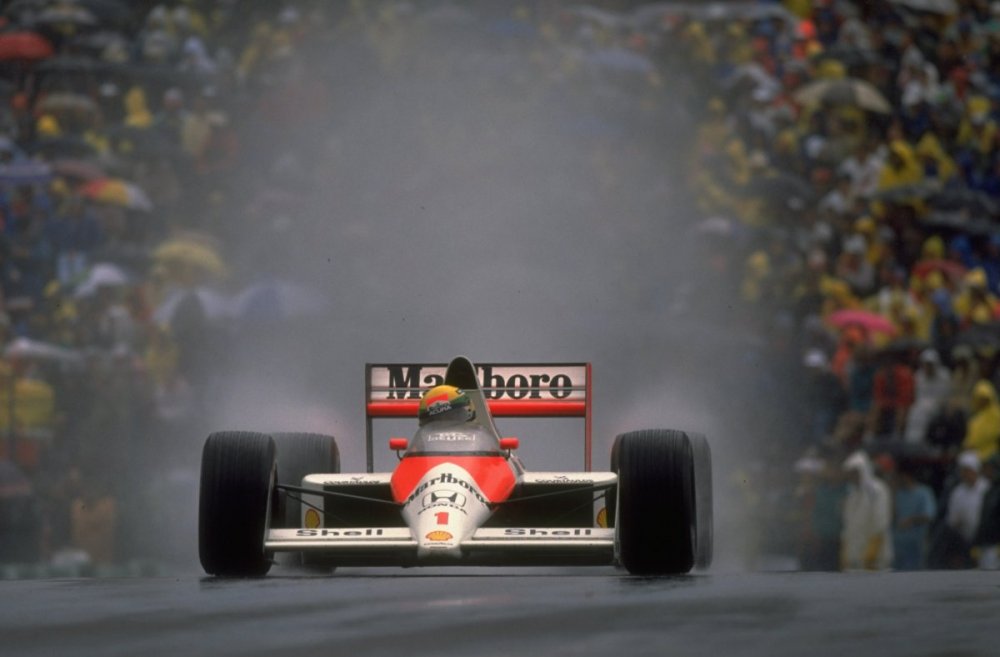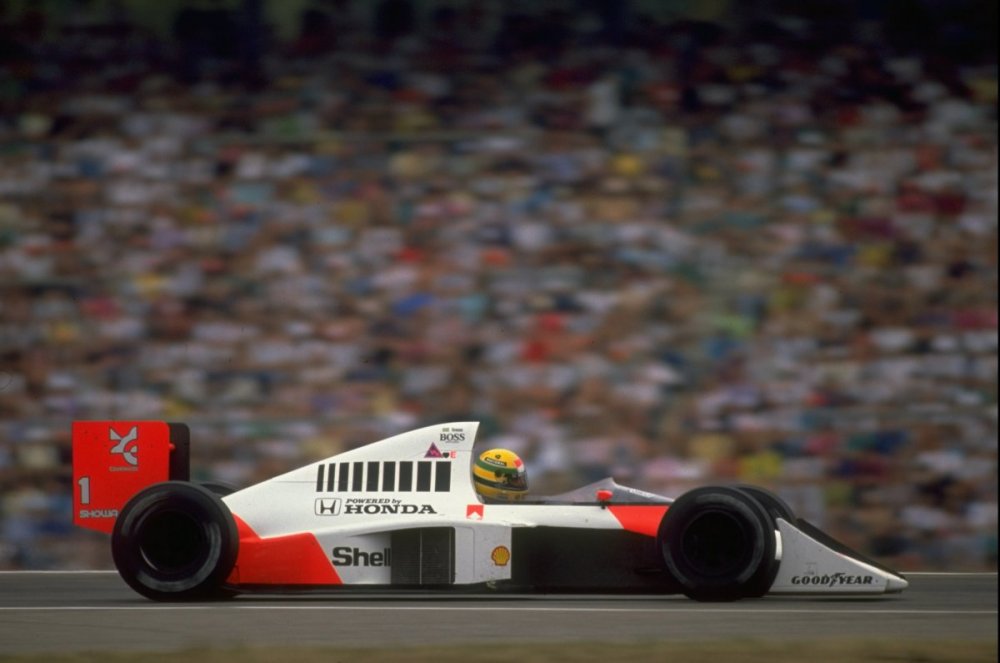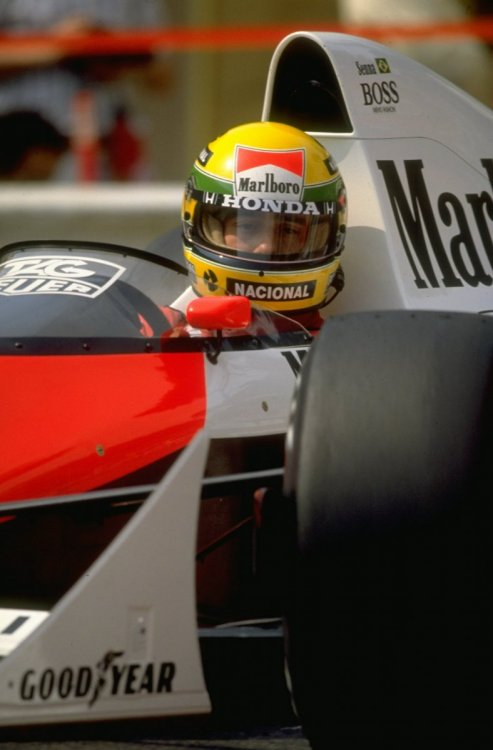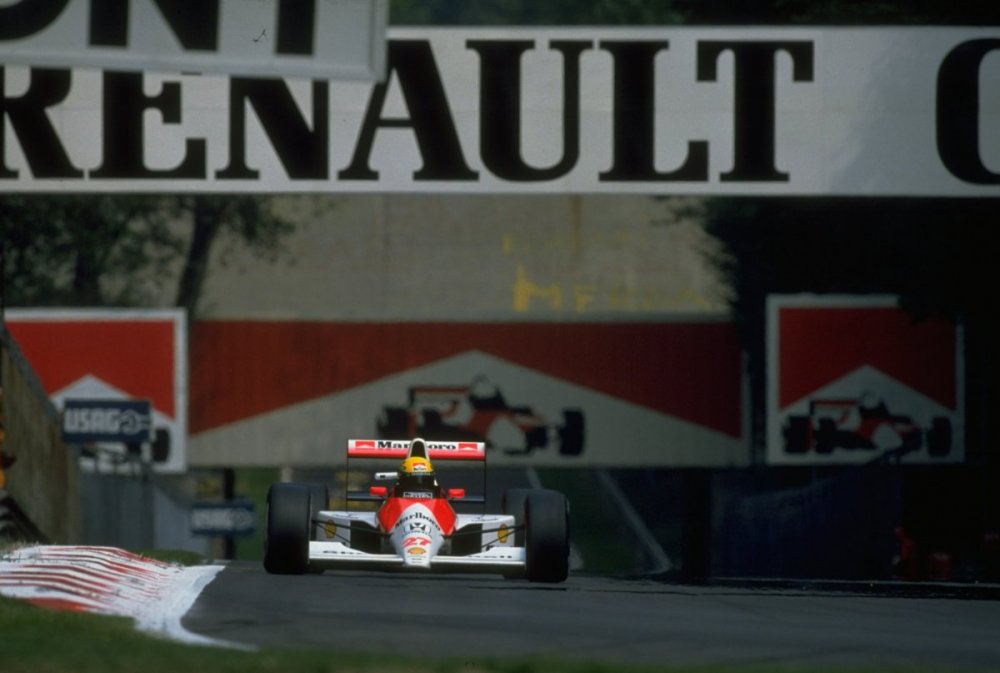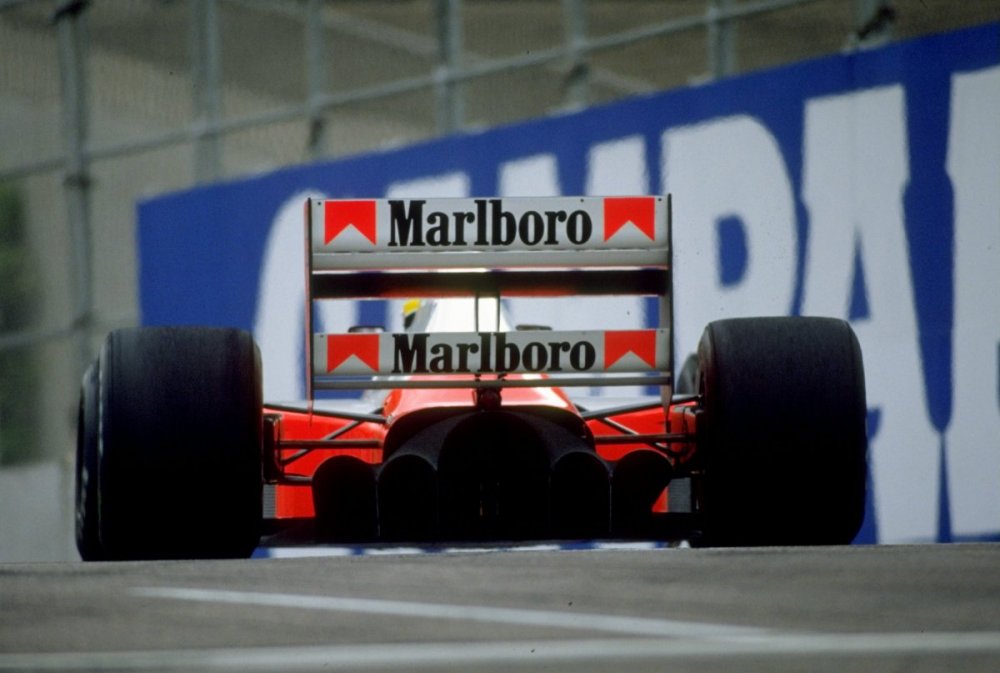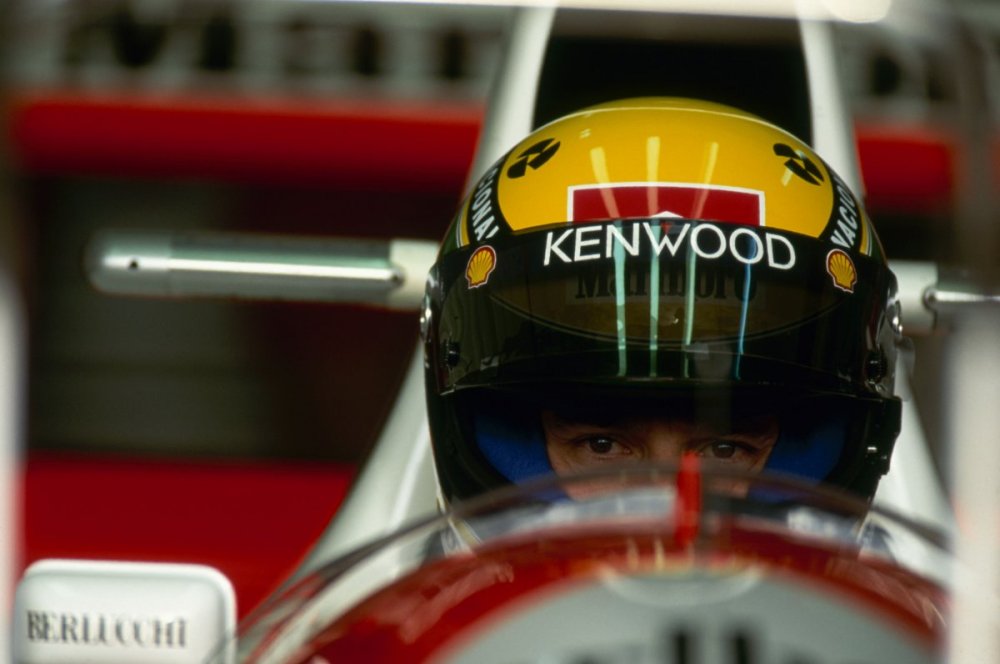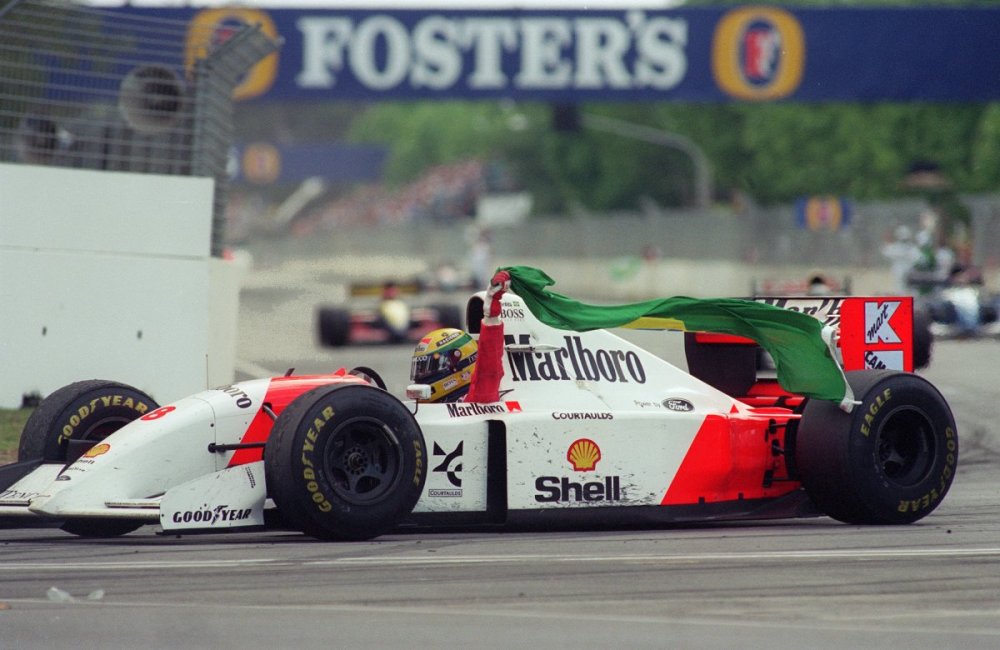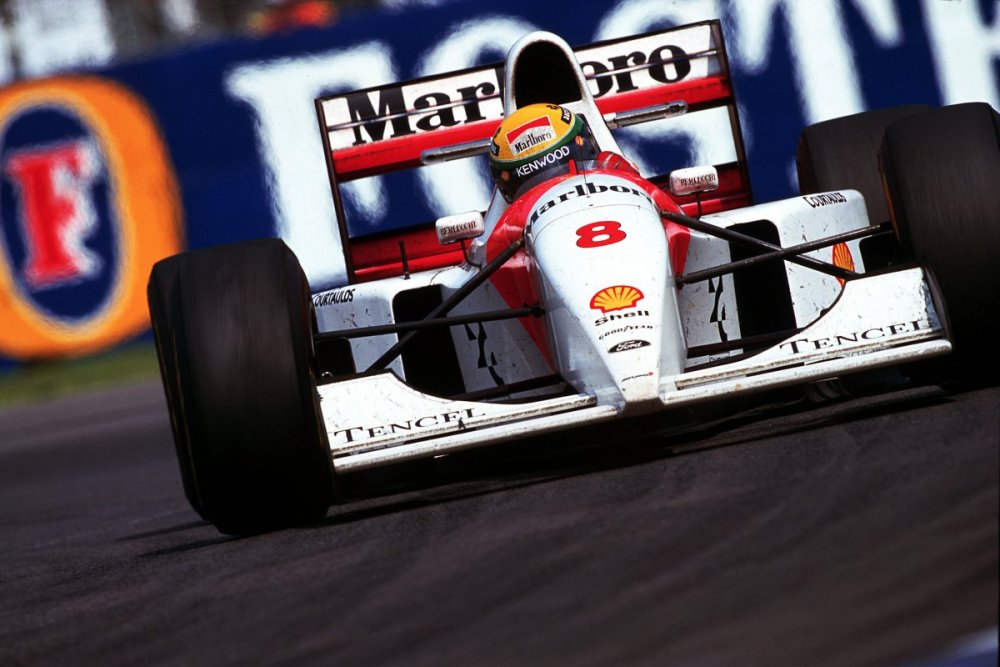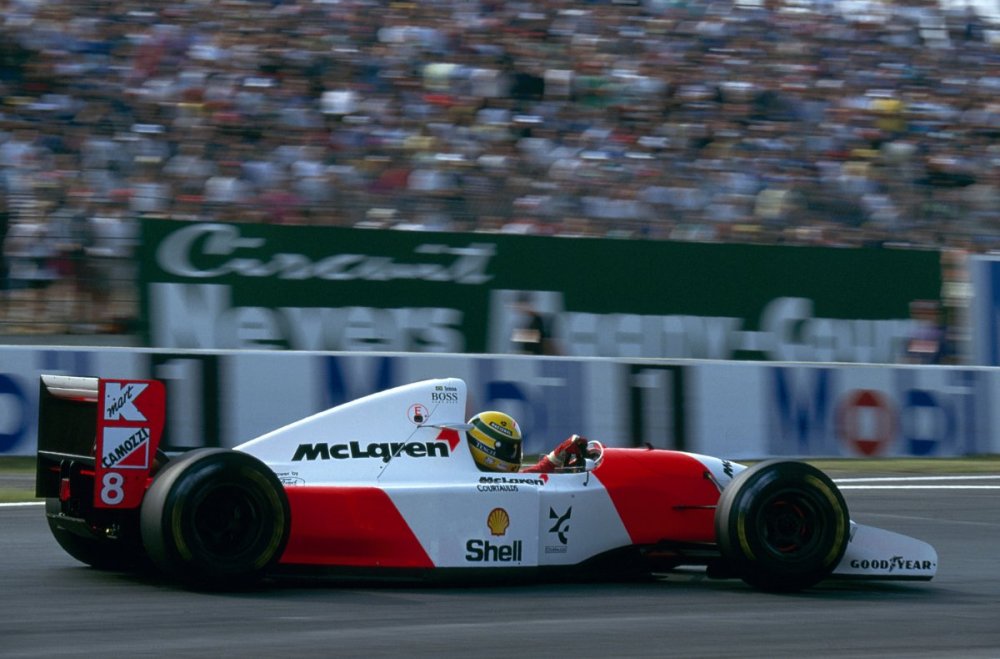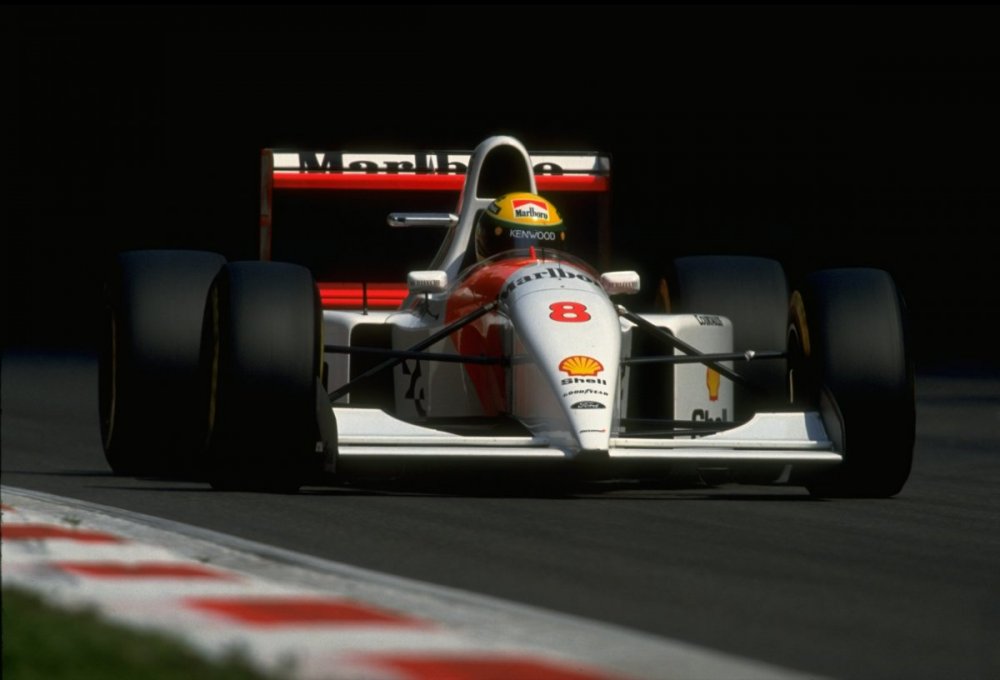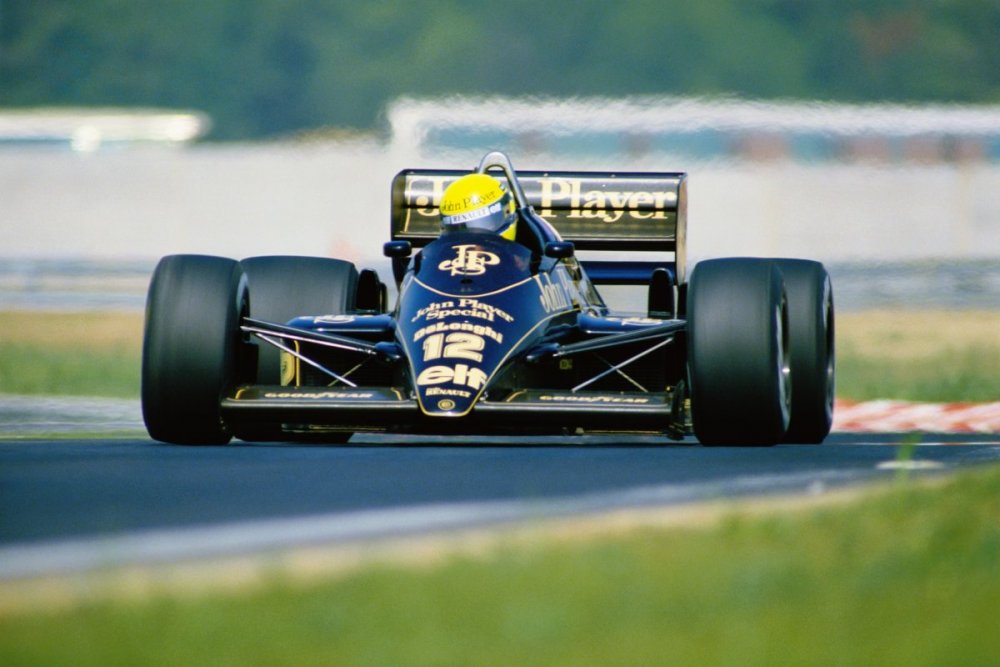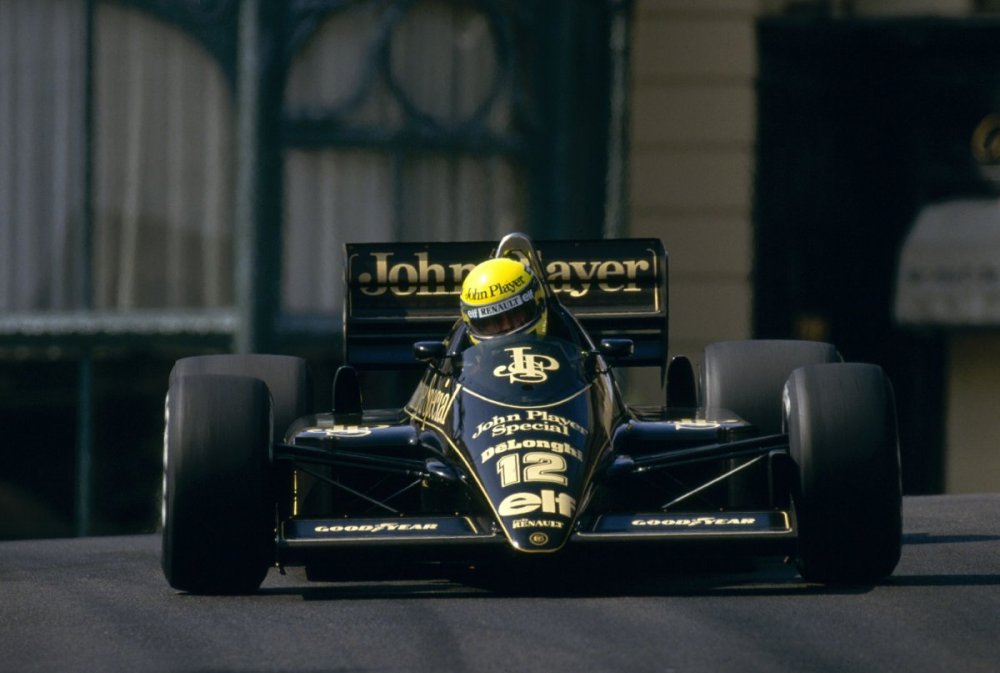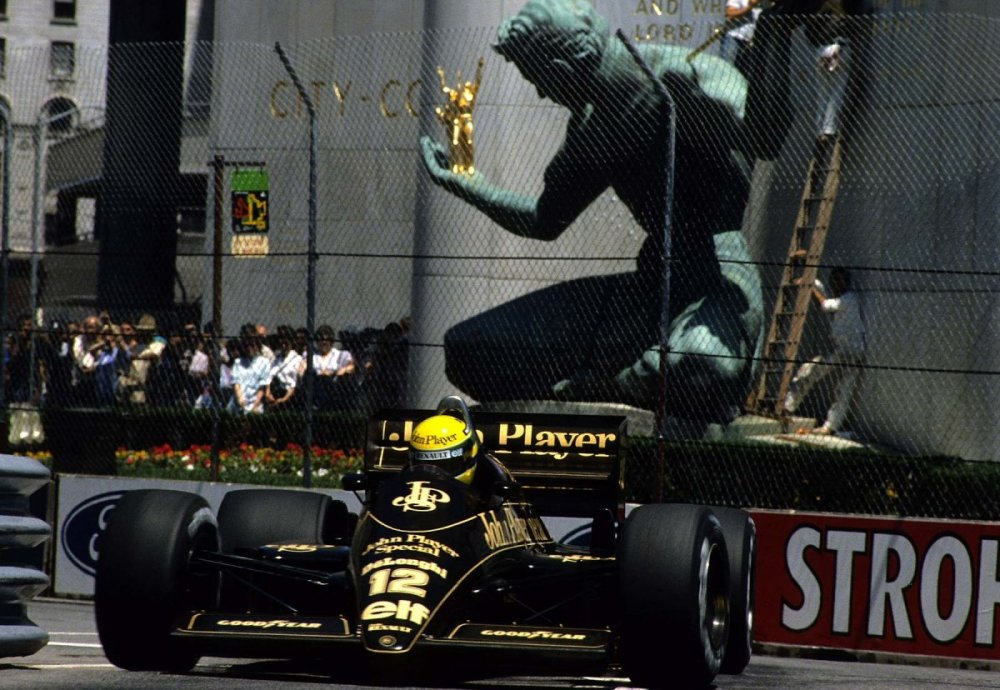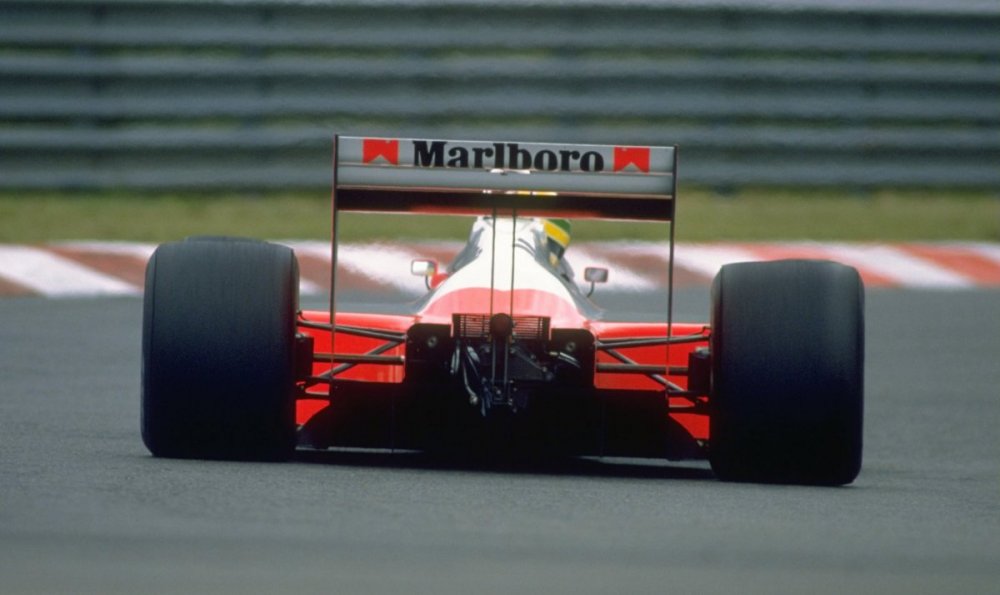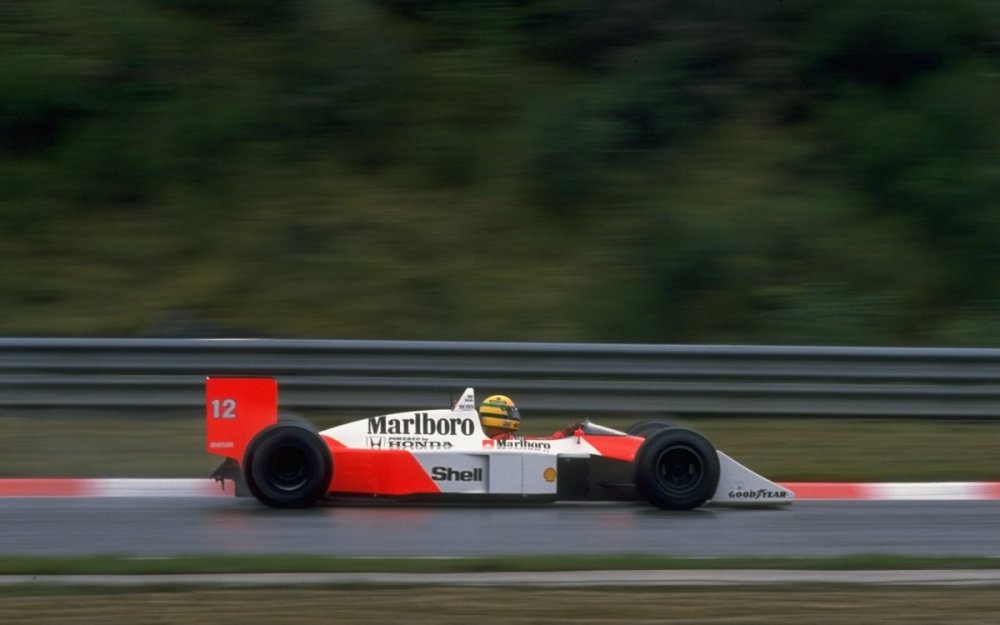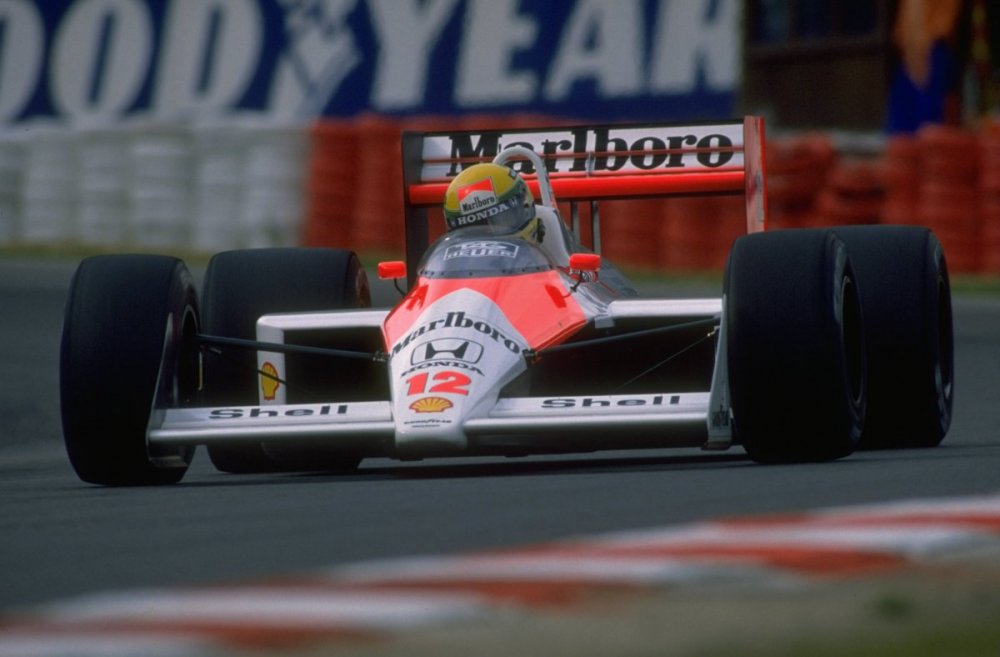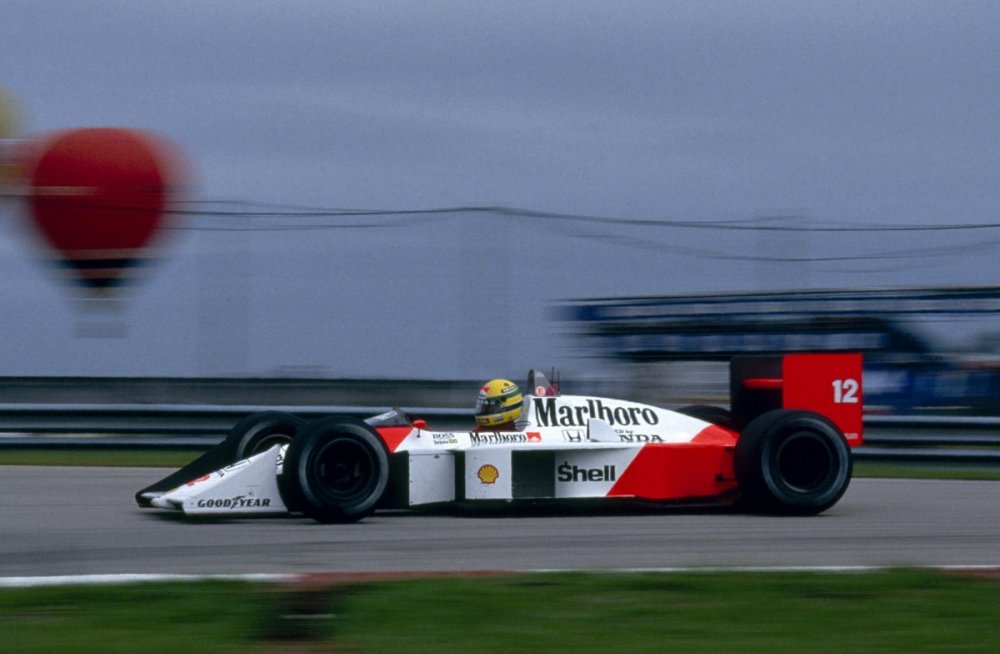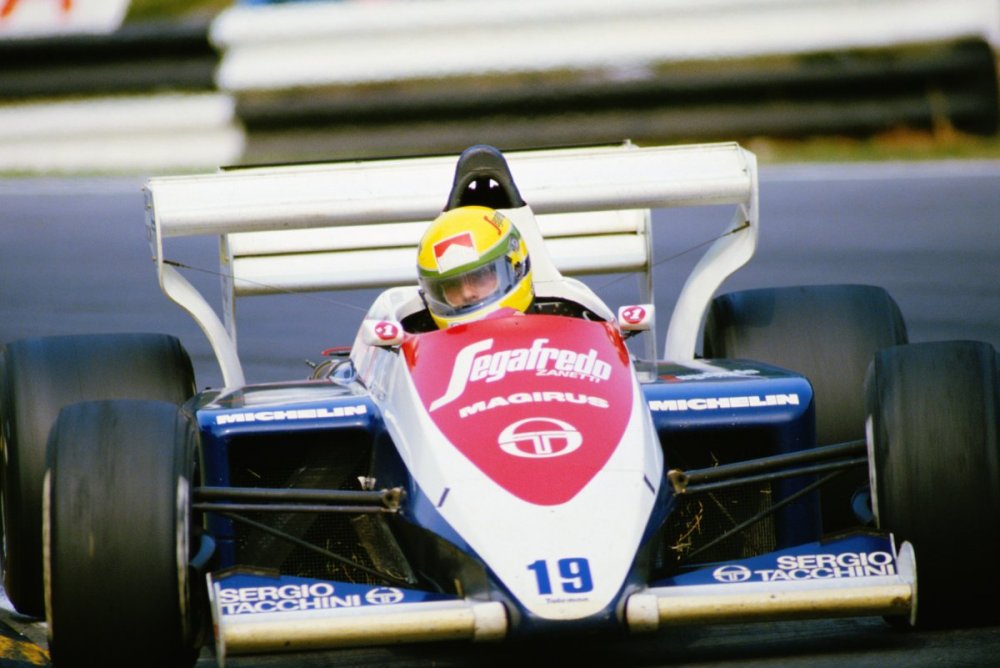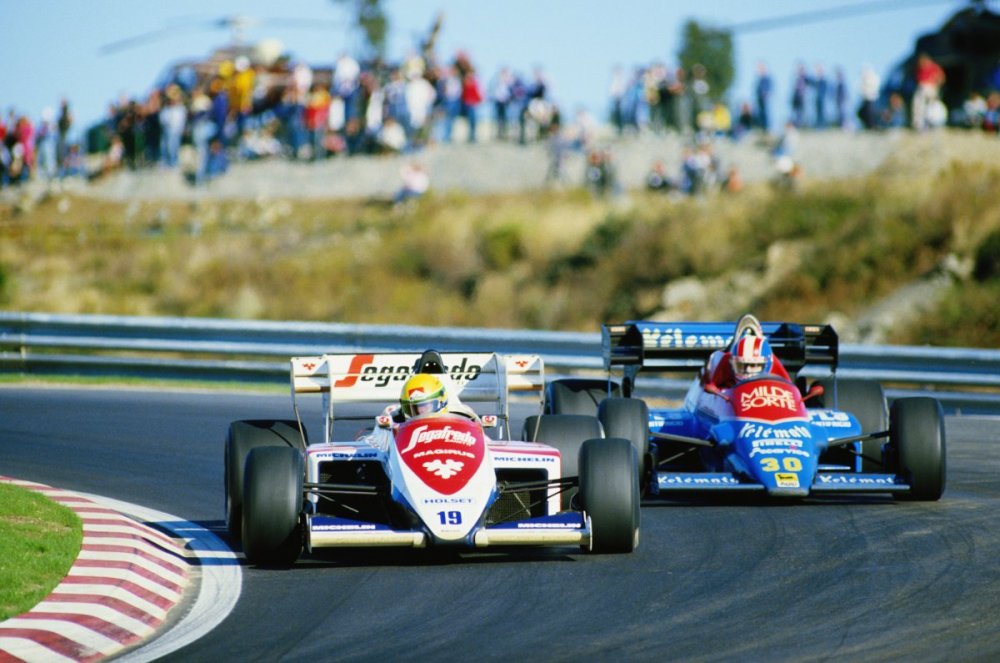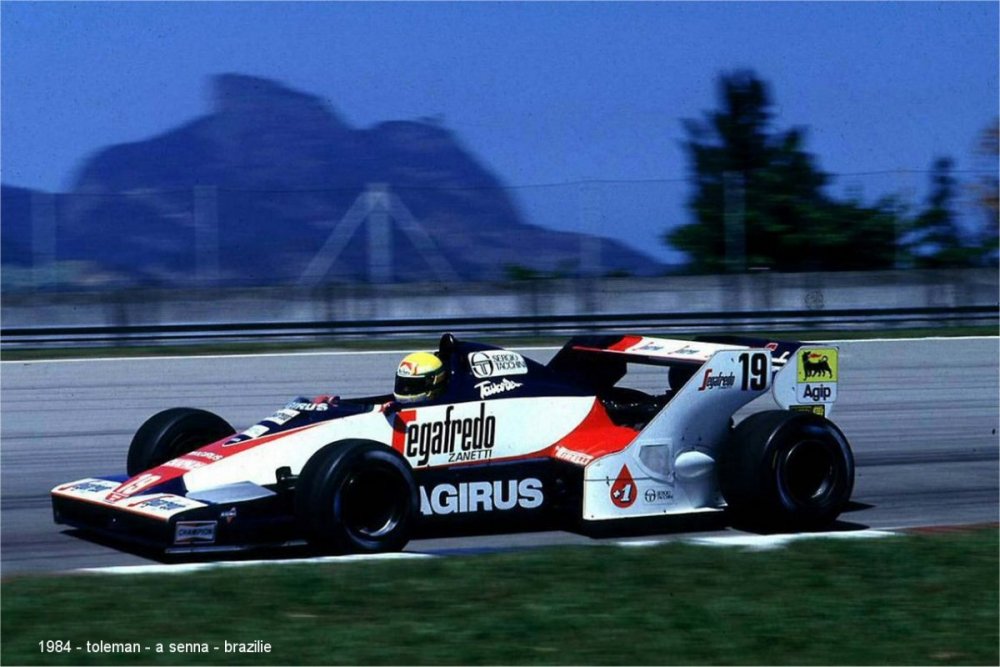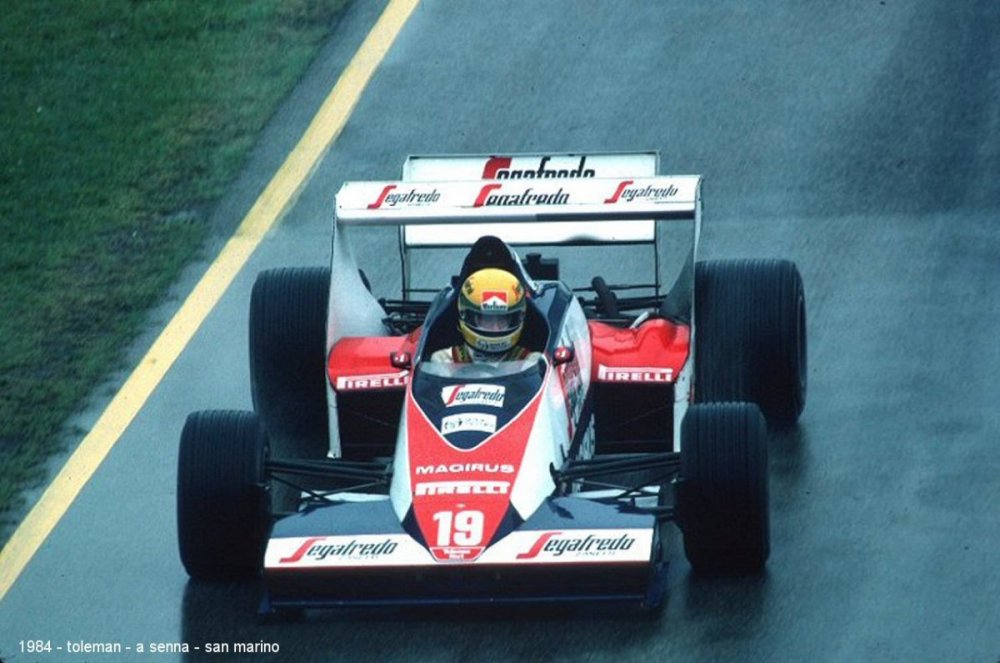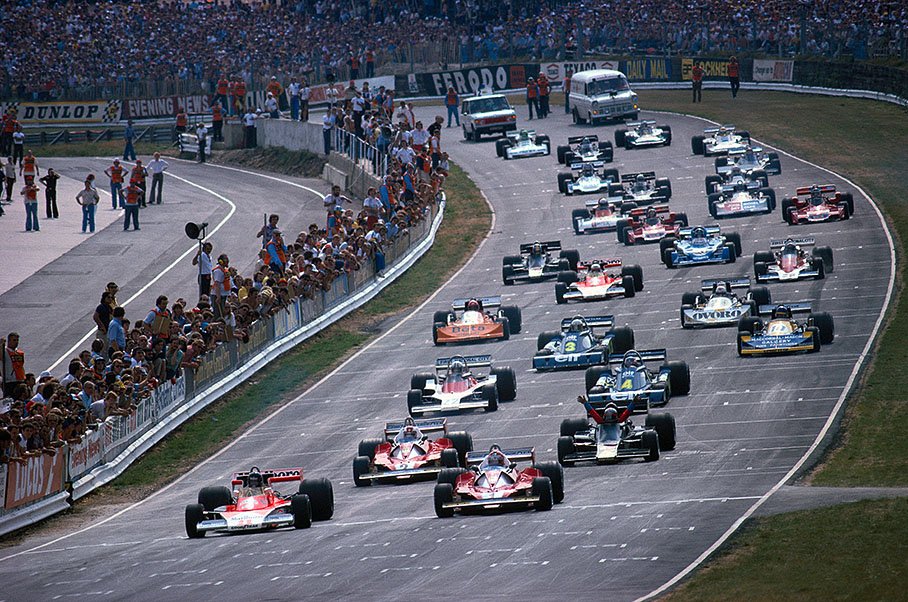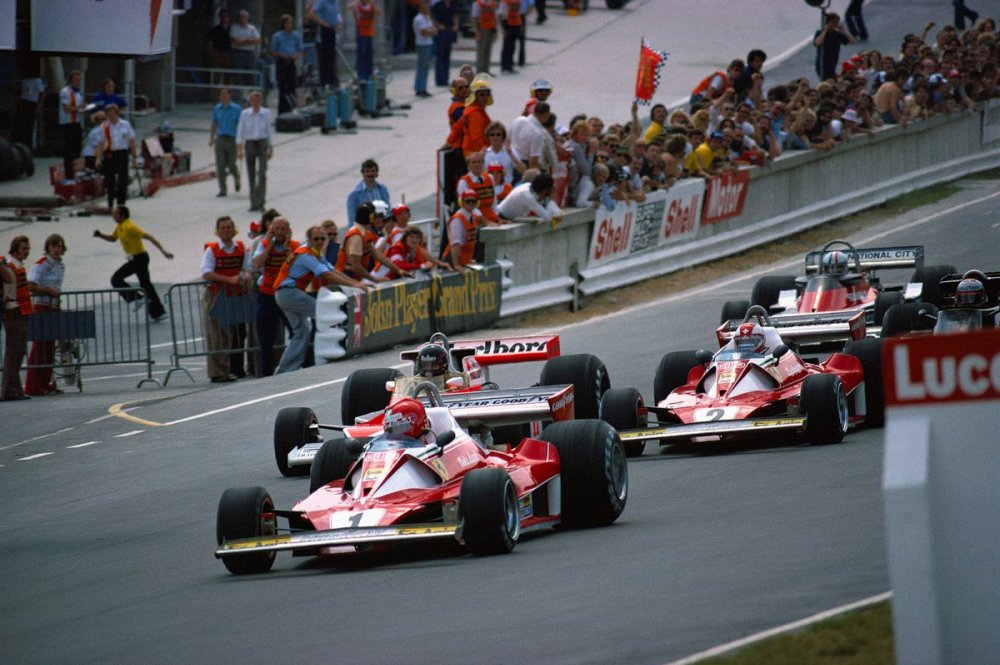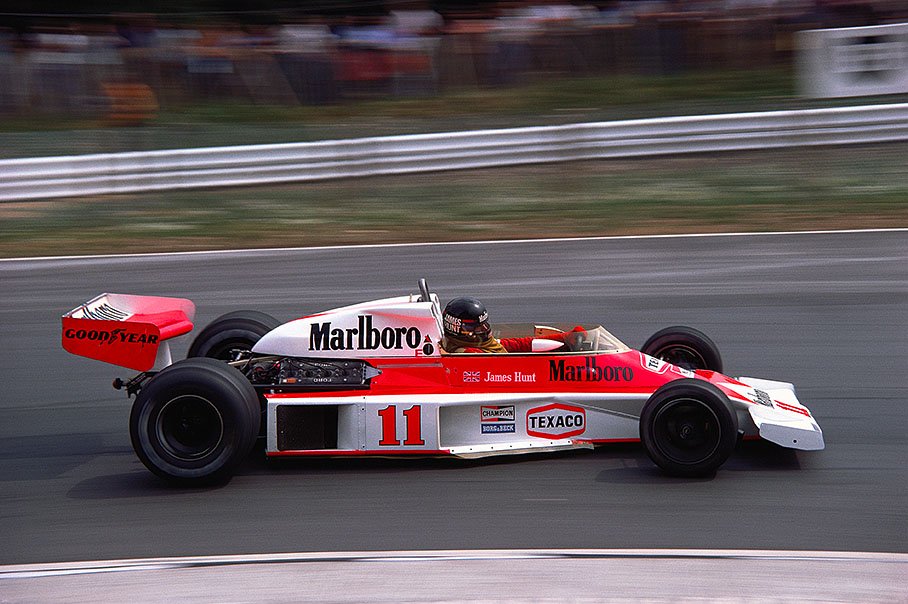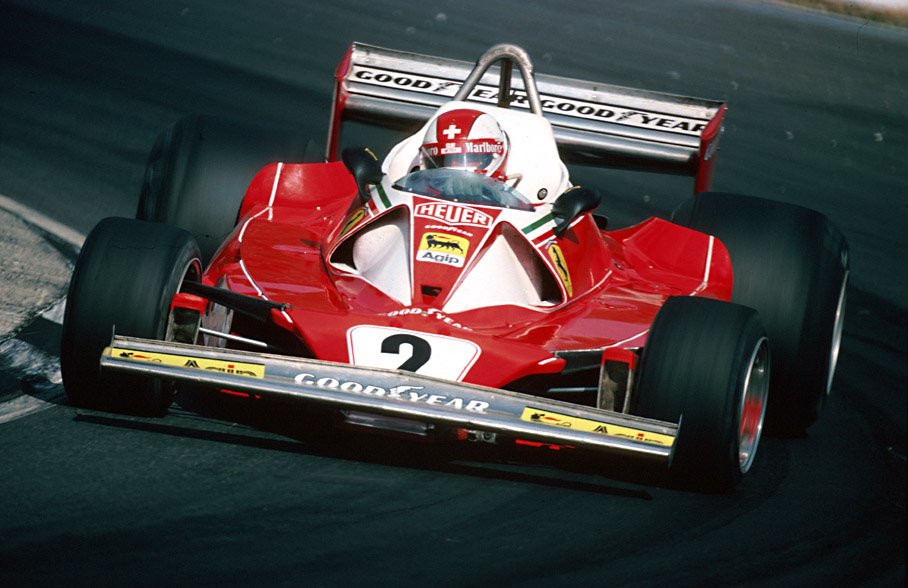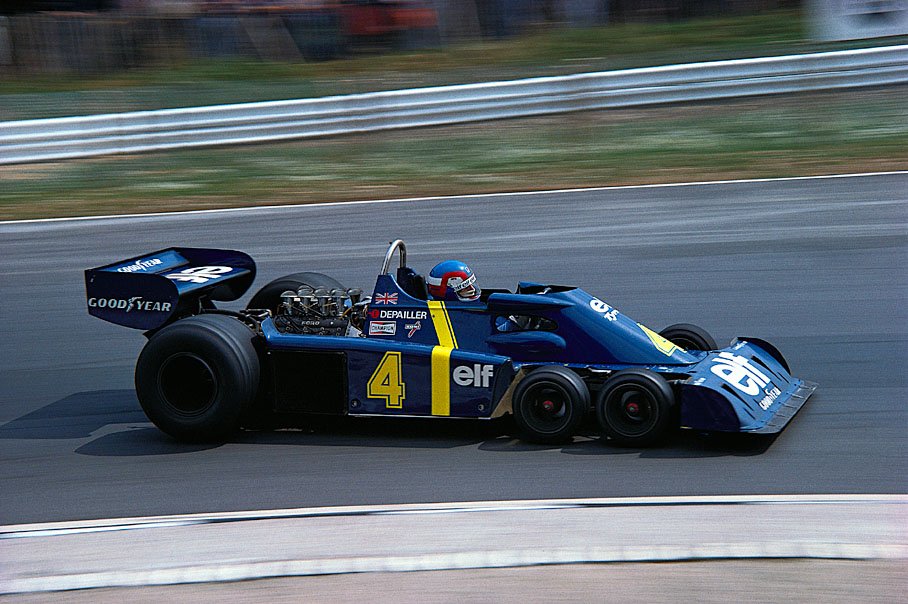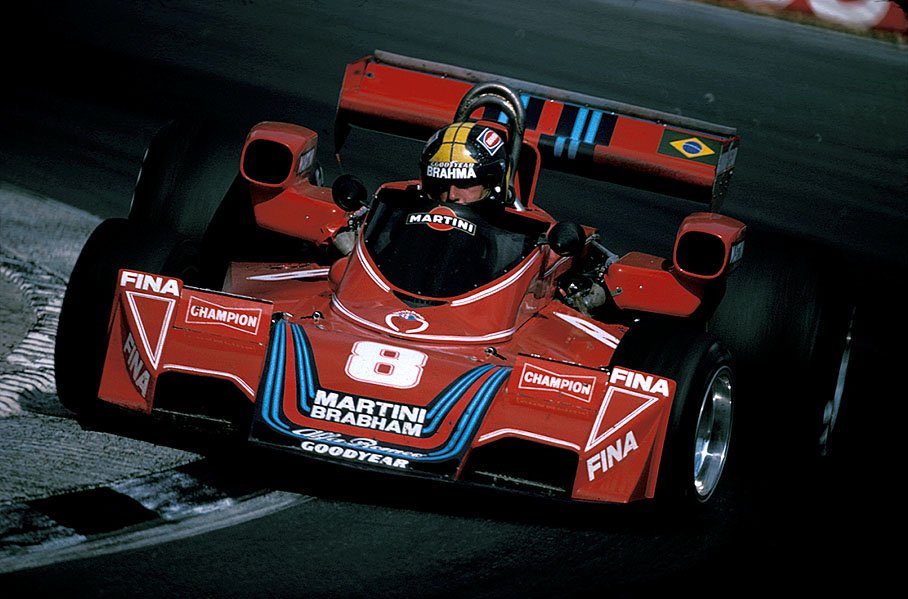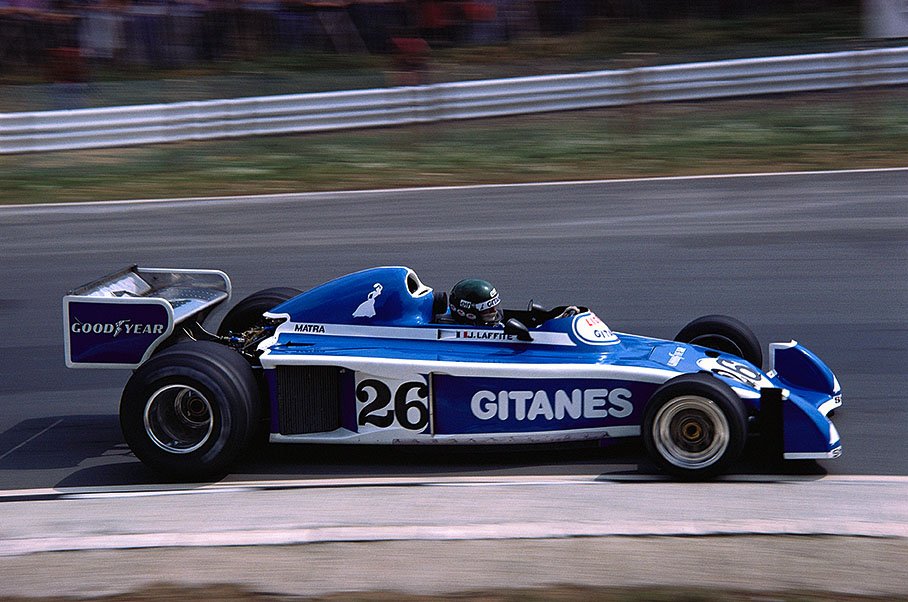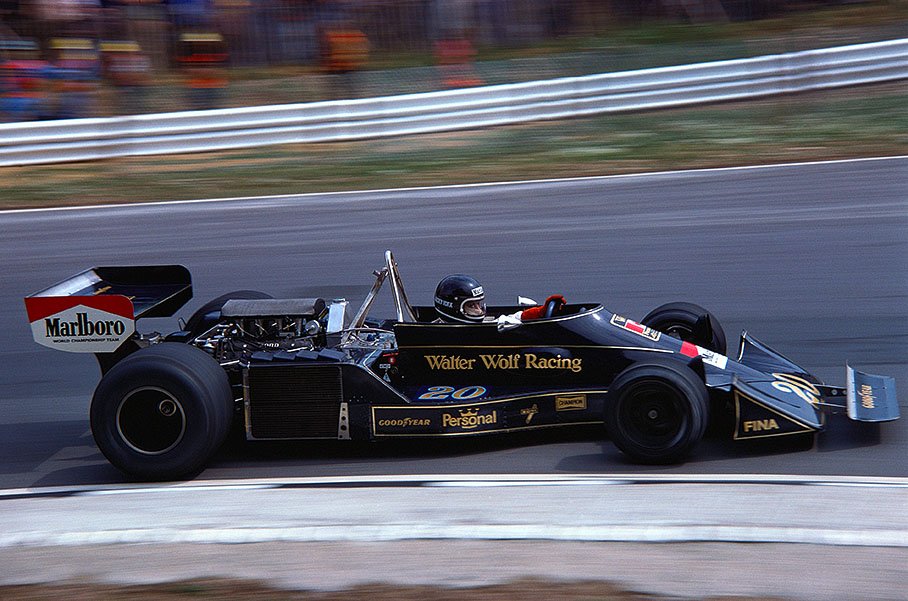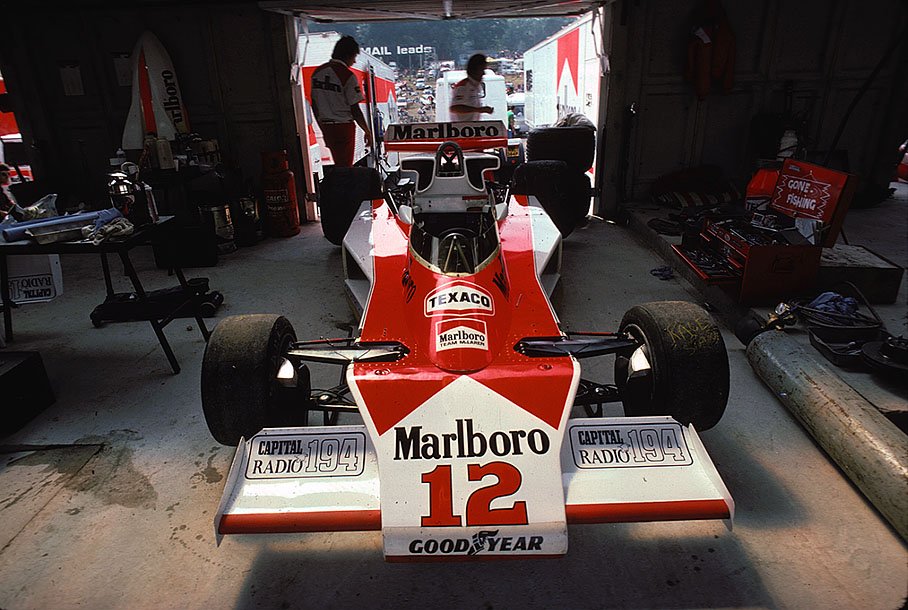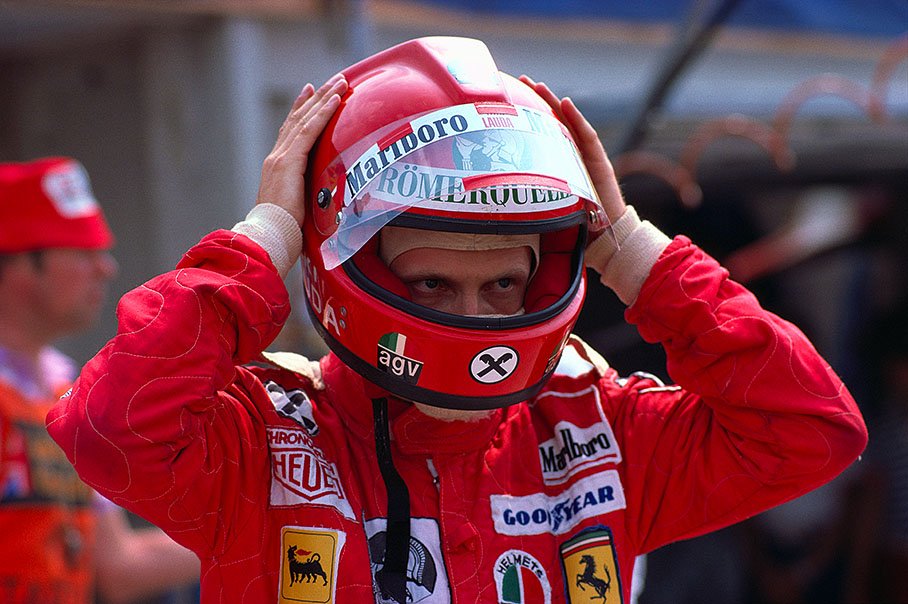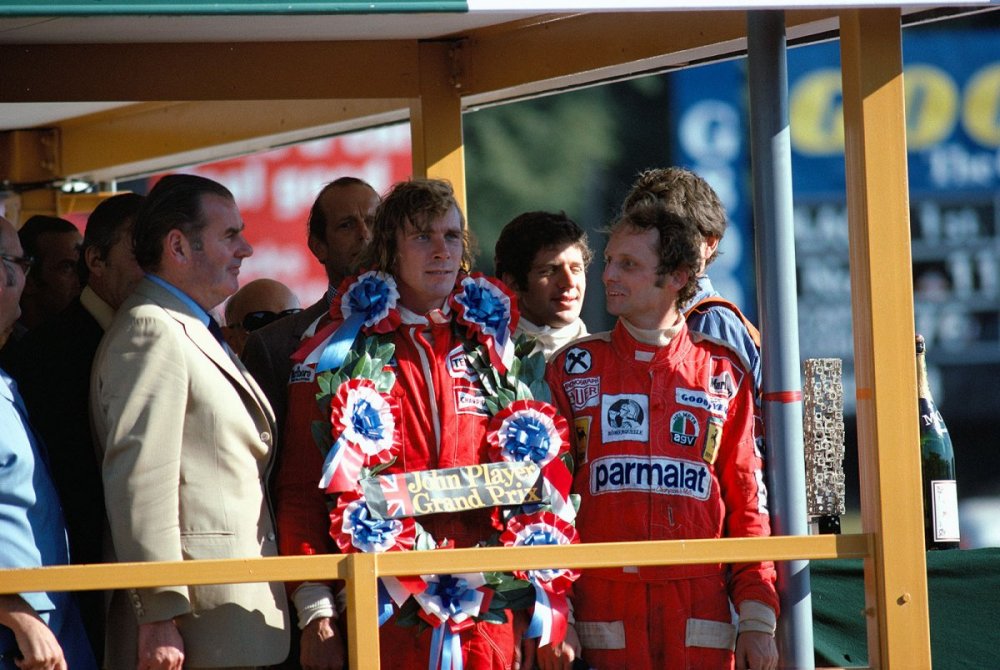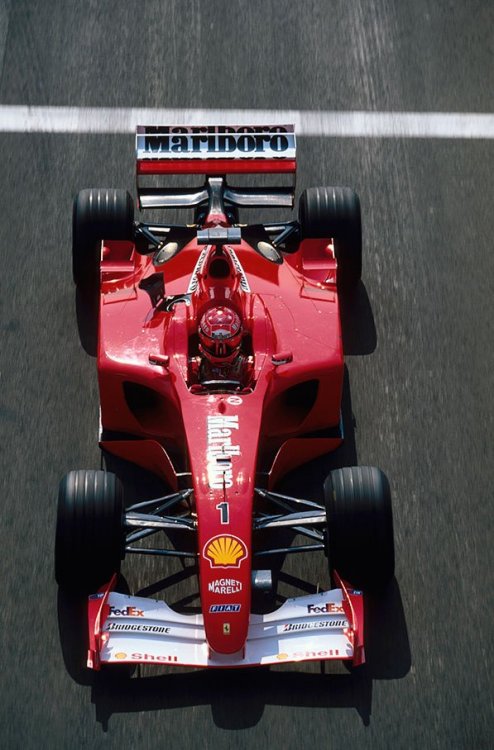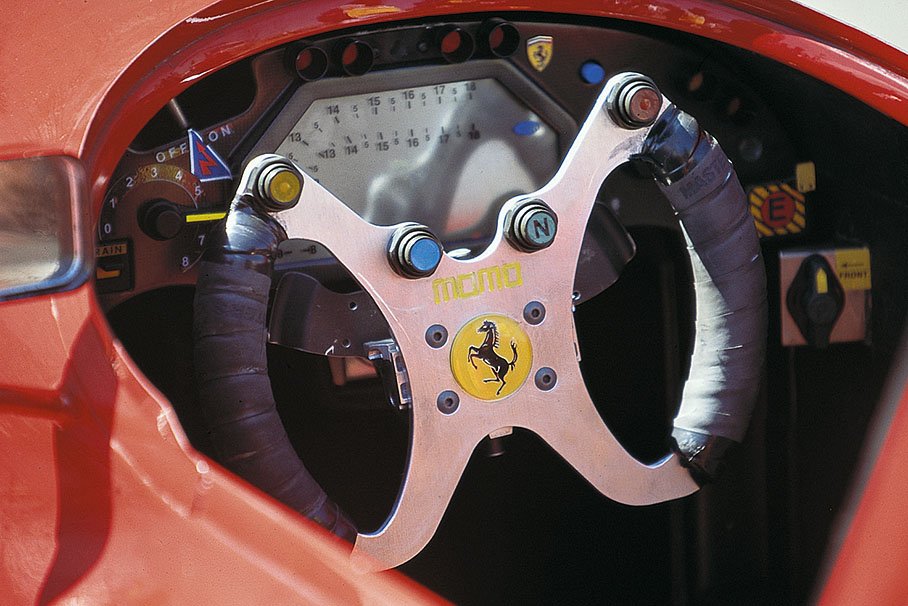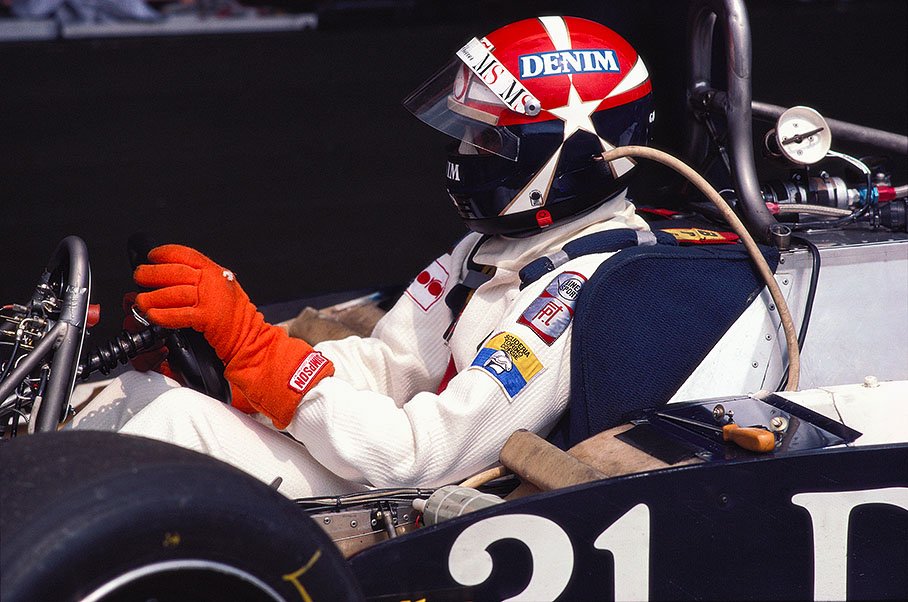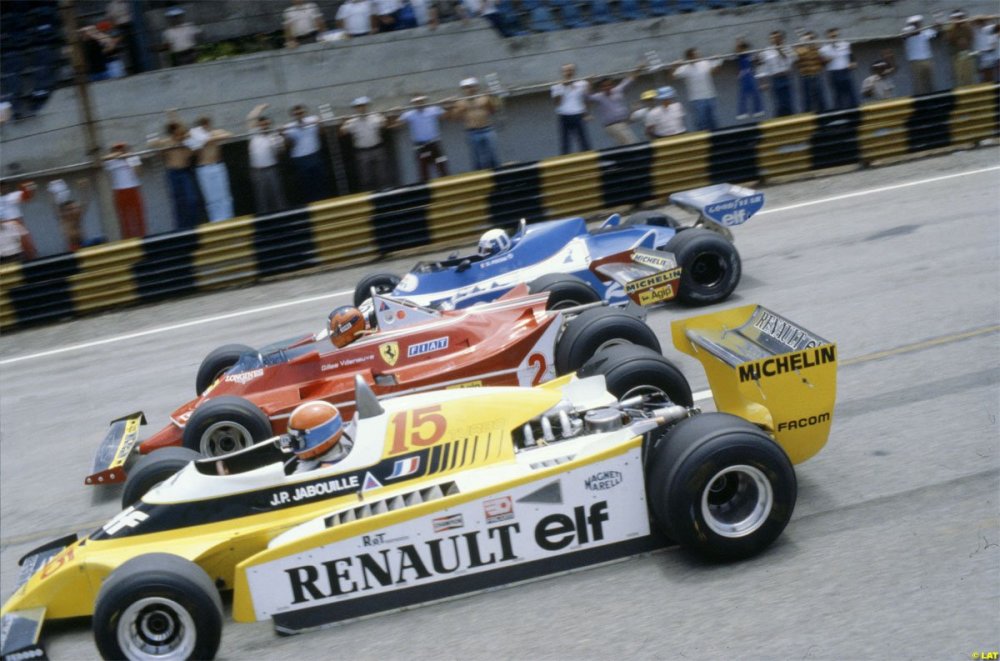-
Posts
328 -
Joined
-
Last visited
Everything posted by alpiner
-
Navodno će u naredna 48h biti objavljen ugovor sa Sainzom
-
Povraća mi se od ovog lika. Zašto menjati budžet i ujednačiti timove, zašto se baviti tim dosadnim stvarima kao što su dizajn i ideja kada mi možemo da prodamo polovnjake za sitne pare. To je rešenje! Retko skrnava faca
-
-
-
Meni dugo godina najlepša kaciga u F1. Amer Eddie Cheever u Osella-i, Zeltweg '80.. Rendža ga doveo da vozi pored Prosta '83. Firma tih godina krenula u veliki posao preko bare kupovinom Macka, Jeepa, AMC-a..ali je sve prošlo kao i njegove vožnje. Bledo, skupo, kratko i bez smisla. Edie je bio sasvim solidan vozač, ali pored Profesora je valjda sve izgledalo nekako nedovoljno. Zaštita vozača zero
-
Voleo bih da struja krene iz nekog od tih jakih nacionalnih šampionat. FormulaE je za mene prevara i prodavanje magle.. tačnije zelene magle. Dovukli su gomilu poznatih imena i sve su vozači i ni jedan dizajner. Toliko o napretku. Nadam se da ću uskoro videti seriju u kojoj su konkurenti električni Mustang, BMW i5, E-Tron.. a, ne ovo sranje koje izgleda kao da je pobeglo iz teenage filma
-
Preskupa serija. Možda bi neka pravila koja vraćaju automobile originalu imala smisla. Struja za par godina?
-
Da se pro*enjam do kraja pa da napišem, nije vreme za lične interese treba spasiti sport. Milijarda € ti je potrebna da se popnes na postolje i pet da pobediš. To imamo. E kitu moju će neko da uđe u takav sport
-
Što bi se reklo: Jebe se bogatima kako spava sirotinja
-
Premium brendovi uglavnom imaju manje gubitke tokom krize, ali dugoročno svi će osetiti pad prodaje i manjak keša. Toliko o tome šta im je važnije, dominacija ili sport. Čim popusti kriza vratiće se na 175 koliko je bilo planirano. Ta cifra je Rendži koji je puno ulagao u fabriku i ljude ovih nekoliko godina i dalje previše, a prave motor i šasiju. Mercedes, RB i Ferrari moraju da imaju po pola milijarde godišnje da bi pobedili Haas i Sauber. Jadno Bernie je godinama tovio bogate i tražio da ulažu što više. Evo rezultat.
-
Problem u F1 se očigledno rešava pravljenjem satelit ekipa. Mercedes ima četiri, Ferrari tri, RB dve.. To je budućnost grida Moji se verovatno povlače, a drugoligaši će pola dobijenog novca davati za polovne prošlogodišnje bolide na koje će lepiti svoje reklame. Koga boli qrac za dizajn ili tehnologiju kada možeš samo da je kupiš i staviš natpis Aston Martin ili Alfa Romeo. Pučanstvo dobilo velike zvezde u emisiji, jeste da pevaju na plejbek, ali koga briga James Bond nosi Tomy Hilfiger. Tim Alfa Romea nema ni jednog inženjera iz Alfe, Aston je ofarbani polovni Mercedes, Haas konstruisao jedino sedište na svom autu, top3 tima dobija veliki novac za polovnjake koje su uvalili manjim konkurentima.. Poprilična gomila sranja za pojesti
-
Biće tri tima i šest satelita bez ikakvih šansi za postolje u normalnim uslovima. Pobede da i ne spominjem. Ovo je i Hornijeva ideja koju je Mercedes već realizovao sa Strollom. Scenario po kojem najveći mogu da troše do mile volje, a B liga će biti ekonomski i tehnološki obezbeđena, ali bez šansi da se rezultatski umeša među top3
-
Vettel navodno odbio jednogodišnji ugovor.. Rići i Sainz glavni kandidati




